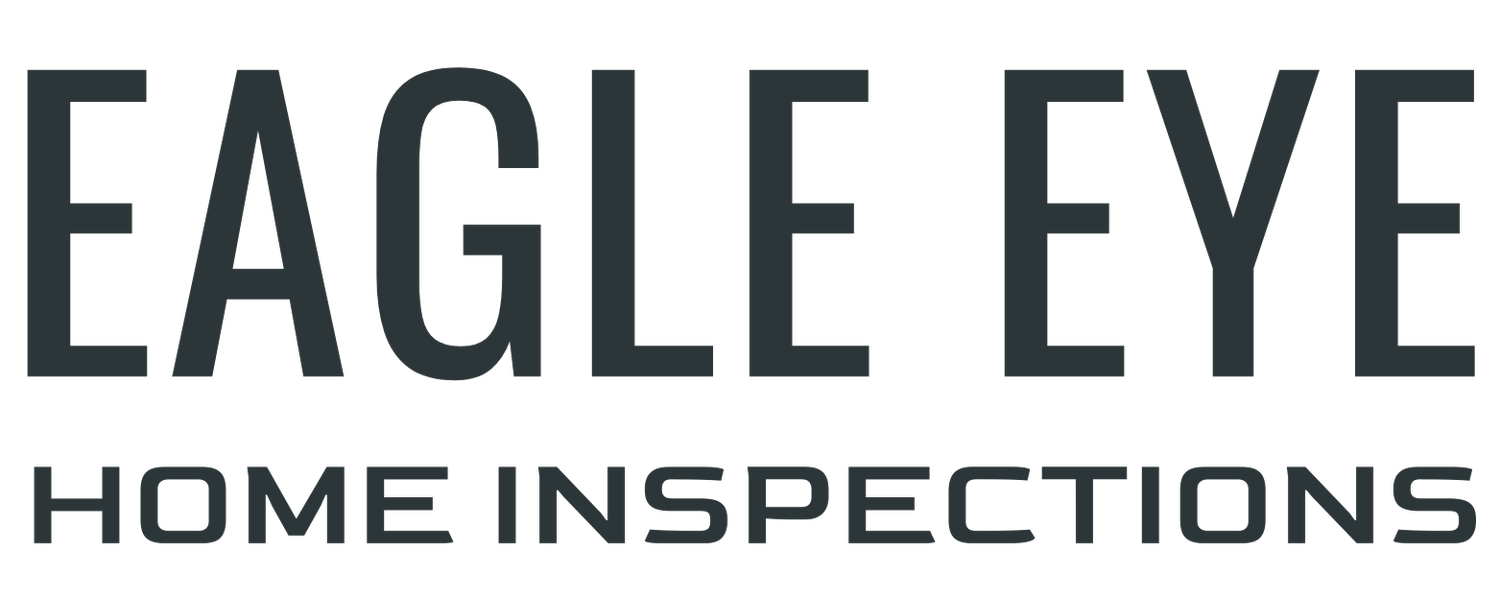Solid Gas Lines vs. Flex Gas Lines
Solid and flex gas lines are both found in various locations throughout your home running to your gas appliances. But how do you know what calls for one over the other.
Flex gas lines purpose:
The purpose of flex gas lines is to to ensure that a gas line doesn’t erupt or break in the event of a tremor or earthquake. The flex line allows for movement without damage to the line or the appliance and also avoids the health risks and concerns that accompany a gas leak.
Where should flex gas lines be:
Well, there are a few different things to factor in like the type of appliance and the location of said appliance. Gas lines that run throughout the home and are not directly connected to appliances are permitted to be solid, but once they come in contact with the said appliance(s) there should be a thermal coupling or connection that allows the pipe to be connected to a flex gas line that then connects to the said appliance(s).
Exceptions to the rule/ specifics:
Now there are some exceptions. For example, when a flex gas line is running to your furnace/ heating unit the flex gas line is not permitted to run into or through the actual metal housing of said furnace. The code stipulates a solid gas line to run within 2 & a half inches of metal housing and the flex line should then be connected to that solid line. This code keeps the actual connection point of the two pipes from running into the metal housing of the furnace away from an environment that’s heating & then cooling rapidly, which research has shown to have negative implications on the integrity of the connection itself. In other words, the connection between the solid line and flex line has the potential to be compromised/eroded if left inside the metal housing of the furnace.
All electric appliances/ homes:
If you happen to live on a property that’s all-electric (no gas appliances) then this information doesn’t apply. An easy way to decipher this if you don’t know is to look at your appliance at the source of ignition. Electrical-only powered appliances will usually use heated coils as a source of ignition whereas gas appliances will use fire or a flame.
Hopefully, you found this helpful! If there are any questions don’t lease feel free to reach out to Eagle Eye Home Inspections and one of our trained professionals would be happy to assist you in any way possible.
Thank you for your time & your business!
